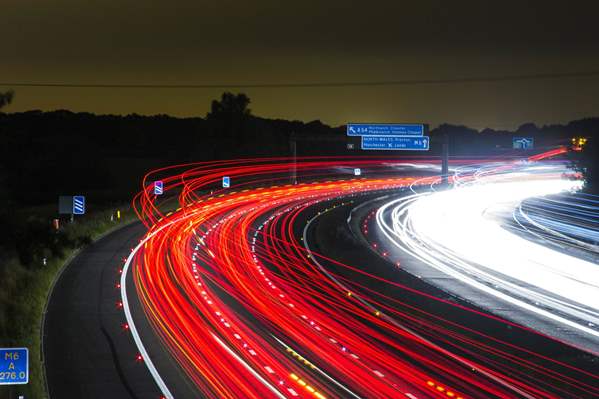
Vehicle recovery drivers play an important role in keeping the country moving. They come to the rescue of stranded motorists on motorways, A-roads and country lanes – presenting a number of unique problem-solving challenges.
Vehicle recovery businesses have many things to consider, such as managing a fleet of commercial vehicles and covering their business with motor trade insurance – but some may not think about the importance of customer service. So, how can recovery drivers provide high-quality customer service whilst also carrying out the other essential elements of their job?
Be empathetic
Recovery drivers will often be dealing with distressed, panicked or anxious motorists who are stranded somewhere they don’t want to be. Motorists are usually heading to a certain location, and many will have needed to reach their destination in a timely manner – so showing empathy is fundamental for recovery drivers. Empathy can include listening closely to a motorist’s concerns and offering supportive and calming guidance where necessary. Understanding where a driver’s priorities lie is the key to reading and dealing with each individual situation.
Explain in simple language
The average motorist will not be a mechanical or technical expert when it comes to cars. Therefore, diagnosing and explaining the issues with their vehicle in layman’s terms will help to inform them about what went wrong and what the next steps may be. Using too much jargon may only cause deeper anxiety and worry for motorists who aren’t knowledgeable in the subject area.
Present clear options
Once a problem has been diagnosed, presenting clear options to the motorist will help to give them a sense of control and relieve a little of the stress. Hopefully, you will be able to perform a roadside repair to get the car up and running again. But, if the car can’t be fixed there and then, clearly outlining the options available to a motorist based on their breakdown policy (or lack of) will help to bring them to a decision. If need be, explaining the options in more detail such as taking the vehicle to their original destination, or the closest garage will help to alleviate some of their worry.
Don’t hang around
Stranded motorists may be waiting for a good amount of time before you arrive, so ensure that you don’t hang around when you do. Quickly try to absorb information from the driver about what went wrong so you have a better idea of where to start under the bonnet. Once you’ve made a diagnosis, consider the options available to the motorist and present them as concisely as possible. If you can make repairs on the roadside, ensure that you do these as quickly as possible but ensuring you complete the repairs properly. The faster a motorist is back on the road, the more grateful they will be and the more satisfied they will feel with your service.




